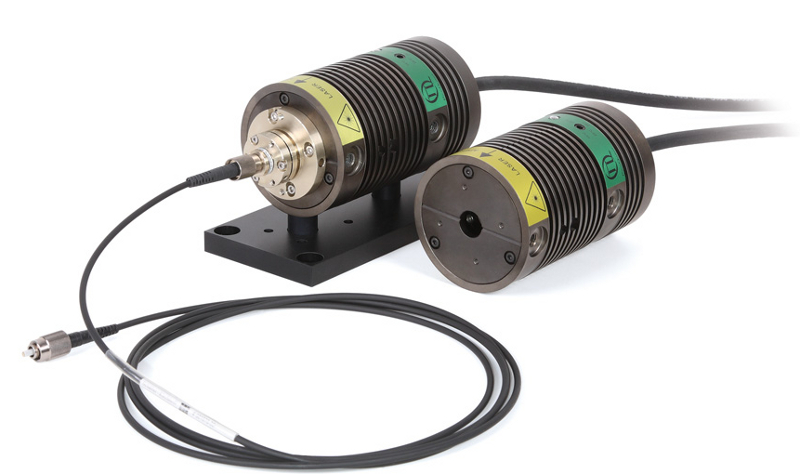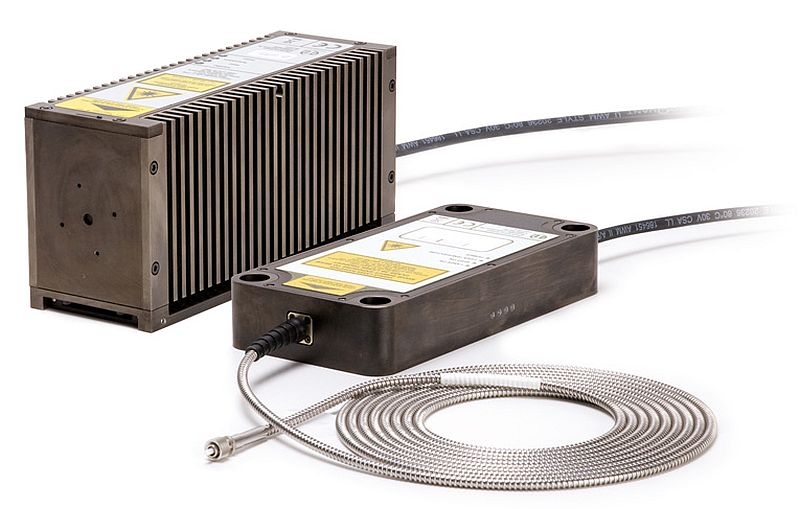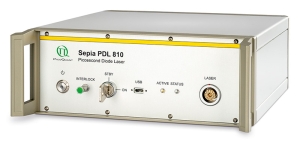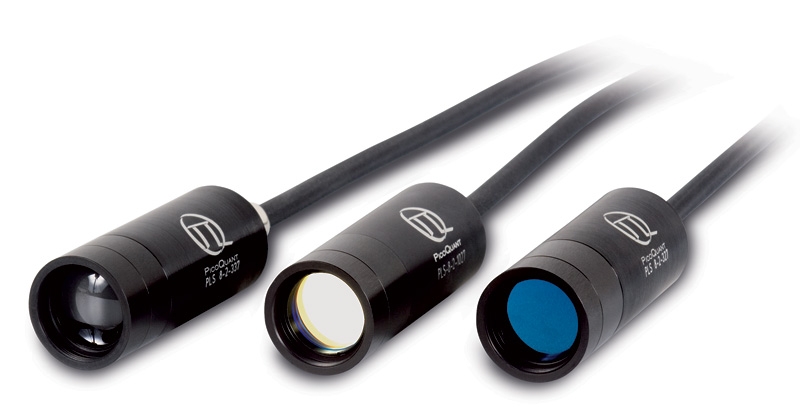Picosecond Pulsed Drivers
Sepia PDL 810
Single channel Picosecond Diode Laser Driver
- Single channel pulsed diode laser driver system
- Pulsed and CW operation
- Easily controlled via USB
- Quick set-up and easy storage of predefined set-ups
- Suited for LDH Series, LDH-FA Series, and PLS Series
- 5-year warranty
 The Sepia PDL 810 system is a single channel pulsed diode laser driver system that allows operating a connected laser head in either pulsed or continuous wave (CW) mode. The driver may trigger the laser autonomously from its built-in crystal oscillator or, if a more complex triggering scheme is needed, can also be triggered by an external signal. Any output frequency from single shot (if triggered externally) to 80 MHz is supported.
The Sepia PDL 810 system is a single channel pulsed diode laser driver system that allows operating a connected laser head in either pulsed or continuous wave (CW) mode. The driver may trigger the laser autonomously from its built-in crystal oscillator or, if a more complex triggering scheme is needed, can also be triggered by an external signal. Any output frequency from single shot (if triggered externally) to 80 MHz is supported.
Take full control
The operating parameters of the Sepia PDL 810 laser driver (such as trigger source, repetition rate, and pulse energy) are completely configured from a computer via USB, allowing for a quick set-up and easy storage of predefined set-ups. Stand-alone operation is possible, if no changes to the parameter set-up is required.
| Type | crystal locked |
| Operation mode | pulsed or continuous wave (CW) |
| Base frequencies | 80 MHz |
| Repetition frequencies | user selectable: 1, 1/2, 1/4, 1/8, 1/16, 1/32 of base frequency 80, 40, 20, 10, 5 or 2.5 MHz |
| Jitter | typ. 3-5 ps |
| External Trigger Input | |
|---|---|
| Amplitude | -2 to 0 V |
| Trigger level | NIM |
| Required pulse width | > 5 ns |
| Delay | trigger input to optical output: typ. 35 ± 5 ns |
| Frequency range | single shot to 80 MHz |
| Impedance | 50 Ohms (dynamic) 50 Ohms (static) |
| Connector type | BNC socket (female) |
| Synchronization Output | |
| Amplitude | < -800 mV into 50 Ohms (NIM) |
| Pulse width | 6 ns |
| Delay | 12 ns (from falling edge to laser output) |
| Internal impedance | 50 Ohms |
| Connector | SMA socket (female) |
| Gating Inputs | |
| Fast gate |
|
| Slow gate |
|
| Remote Interlock | |
| Voltage | 12-14 VDC |
| Loop resistance | 10 Ohms maximum |
| Computer | |
| PC Interface | USB 2.0 |
| Operating system | WindowsTM 8 / 8.1 / 10 |
| Power Supply | |
| Line voltage | 220/240 or 110/120 VAC, 50/60 Hz |
| Power consumption | 45 W maximum |
| Dimensions | |
| Base unit: | 237 × 310 × 97 mm (w × d × h) |
| Operation Environment | |
| Temperature Range | 10 °C - 40 °C |
All Information given here is reliable to our best knowledge. However, no responsibility is assumed for possible inaccuracies or omissions. Specifications and external appearances are subject to change without notice.
The Sepia PDL 810 is compatible with the picosecond pulsed sources listed below. Check out the corresponding product pages for more details.
 Picosecond Pulsed Diode Laser Heads
Picosecond Pulsed Diode Laser Heads
- Wavelengths between 375 and 1990 nm
- Pulse widths as short as 40 ps (FWHM)
- Adjustable (average) power up to 50 mW
- Repetition rate from single shot to 80 MHz
- Optional dual mode: pulsed and CW operation
- Collimating optics, optional fiber coupling and peltier cooling
 Amplified Picosecond Pulsed Laser Diode Heads
Amplified Picosecond Pulsed Laser Diode Heads
- Available wavelengths: 266, 355, 515, 531, 560, 766, 1064, and 1532 nm
- Pulse width down to 70 ps (FWHM)
- Average output power between 1 mW and 450 mW (depending on wavelength)
- Repetition rates up to 80 MHz
- Collimated beam or PM fiber output with FC/APC fiber connector
- Center wavelengths between 255 nm and 600 nm
- Pulse width down to 600 ps
- Adjustable (average) power up to 80 µW
- Repetition rate from single shot up to 40 MHz
- Optional bandpass filter
- Time-resolved fluorescence measurements
- Confocal microscopy (FLIM-, FRET-, FCS-imaging)
- Quantum optics, single photon generation
- Test and measurement of detectors and optical fibers
- Ranging and LiDAR
- Materials research
- Diffuse Optical Tomography (DOT) of biological tissue
- Stimulated Emission Depletion (STED) microscopy
The following documents are available for download:
Latest 10 publications referencing Pulsed Diode Lasers (PDL Series, LDH-Series, LDH-FA Series)
The following list is an extract of 10 recent publications from our bibliography that either bear reference or are releated to this product in some way. Do you miss your publication? If yes, we will be happy to include it in our bibliography. Please send an e-mail to info@picoquant.com containing the appropriate citation. Thank you very much in advance for your kind co-operation.




 Contact us
Contact us